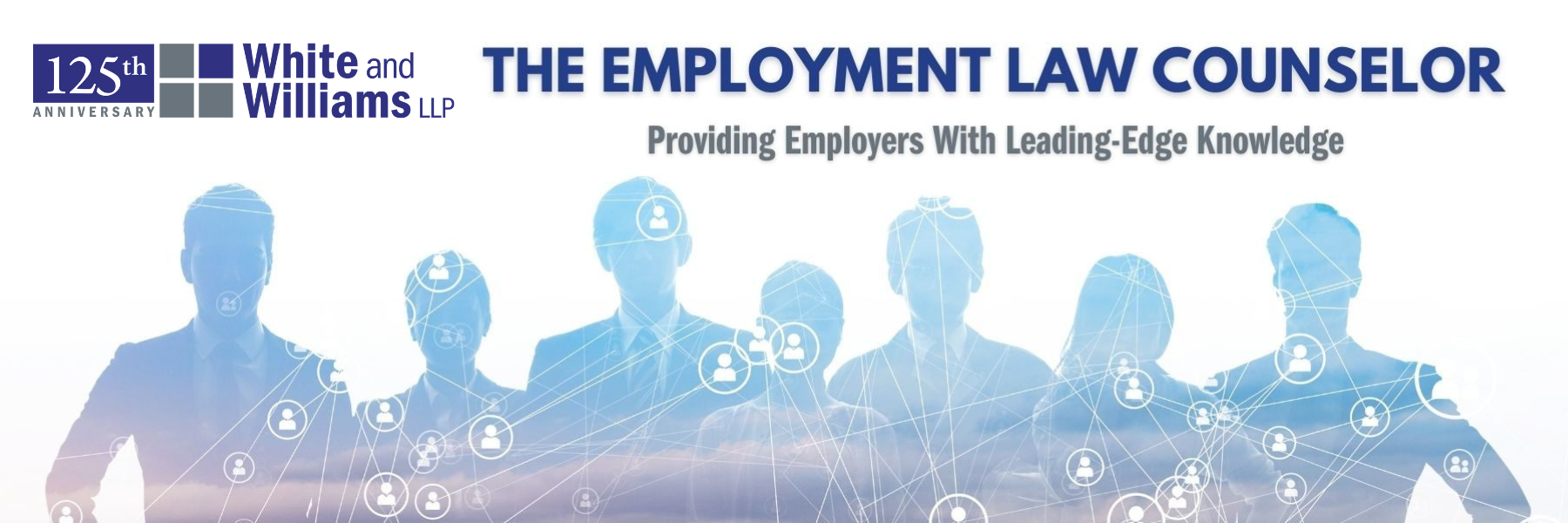Just in time for the holidays, the National Labor Relations Board (NLRB) General Counsel, Jennifer Abruzzo (GC Abruzzo), has revealed her hand on two specific and oft-debated issues to be taken up by the Board in 2022. While much of the nation is currently focusing on vaccinations and mandates, GC Abruzzo made her policy intentions relating to the interpretation of the joint employer doctrine and expanding workers’ and unions’ rights in secondary picketing situations known. Her Statement of Position filed last week with the Board involved a remanded Ninth Circuit Court of Appeals case that addressed the following issues:
First, the joint employer doctrine, has been a political football for many years, with the doctrine subject to the political party in power. The joint-employer standard under the National Labor Relations Act (the Act) is a matter of consequence because it determines whether a business is an employer of employees directly employed by another employer altogether. If two entities are joint employers, both must bargain with the union that represents the jointly employed employees, both are potentially liable for unfair labor practices committed by the other, and both are subject to union picketing and/or other economic pressure if there is a labor dispute. The Trump-era rule largely made a joint employer finding more difficult, thereby protecting franchise companies and companies that subcontract out its work. GC Abruzzo argued last week that the outcome in that specific case should favor a finding of joint employers under the hoped-for return to the Obama-era standard, which means that a company can be deemed a joint employer if it has indirect control or the contractual right to control another’s workforce, even if they never exercised that right.
Next, GC Abruzzo encouraged the Board to loosen the standard for secondary picketing whereby a union attempts to exert economic pressure on a primary employer by targeting neutral companies that have an economic relationship with the employer, such as a supplier. Secondary picketing is very common and is lawful in a variety of contexts, such as leafletting and the use of inflatables. It is unlawful, however, for a union to “coerce” a neutral employer to force it to cease doing business with a primary employer. GC Abruzzo is seeking a more fact-intensive, case-by-case approach to secondary picketing, telling the Board that any wide ban on secondary picketing may violate the First Amendment, and that union assembly itself should be presumed lawful “unless rebutted by clear and convincing evidence to the contrary.”
These are often complex issues, and there is every reason to believe that the Biden Board indeed will follow the roadmap outlined by GC Abruzzo. Employers, particularly those who subcontract work or are in the construction industry, should brace for future changes in these areas. We will continue to monitor any changes to these standards and recommend best practices for avoiding unfair labor practice complaints.


